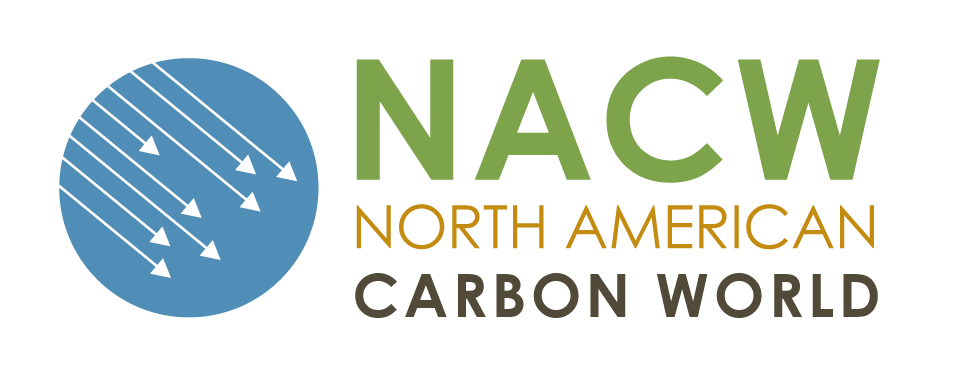PROWERS COUNTY, COLORADO – In partnership with Ducks Unlimited, Inc. (DU), the May Ranch in southeast Colorado has embarked on a mission to avoid greenhouse gas emissions on its grassland. Grasslands naturally absorb carbon dioxide (CO2) through photosynthesis and, with sustainable management and protection, can function as carbon sinks and reservoirs. When grasslands are disturbed (for example, through tillage), a significant portion of the soil carbon and biomass oxidizes and decays, releasing CO2 back into the atmosphere. By protecting grassland from conversion to cropland, the May Ranch Avoided Grassland Conversion Project is avoiding loss of soil carbon and earning offset credits for the emissions reductions achieved. During December 2016 – December 2017, the project achieved 10,591 metric tons of greenhouse gas emissions reductions. The project area must then be monitored and protected for at least 100 years following every credit issuance.
Under the Climate Action Reserve’s Grassland Project Protocol, the grassland project must meet strict eligibility requirements. To meet suitability requirements, the grassland must be located on land where the particular combination of geography and associated climate, soil productivity, and prior land use history would make it suitable for cropping and result in new emissions. The financial incentive to plow historic grasslands also has to be present. Lastly, the ability to ensure long-term permanence of the below-ground carbon reserves must be met, which in this case was done with a conservation easement.
Developed by DU, the May Ranch grassland offset project protects 14,546 acres of native grassland from conversion to cropland in perpetuity. The May Ranch is a fourth-generation working cattle ranch that has a deep conservation ethic. Their ranch is the last large continuous tract of native prairie in the lower Arkansas Valley that connects to the Arkansas River. With conversion on all four side of the ranch, and multiple offers to develop the property for cropland and other uses, the May family approached the conservation community looking for economical means to protect the grassland and maintain their way of life. Working in collaboration with other conservation partners, DU was able to develop the carbon project given their experience in the sector and the bird values associated with the property.
“This project exemplifies what carbon markets and conservation finance at large are trying to achieve,” said Billy Gascoigne, economist and emerging markets specialist for DU. “Through the protocol, we were able to prove significant greenhouse gas savings, in addition to all the other ancillary benefits that supported a much bigger partnership.
Over half of the grasslands in the U.S. have been disturbed and converted to other uses, mainly cropland. According to a study published in Environmental Research Letters, 5.7 million acres of grassland were converted to cropland during 2008-2012. When grasslands are converted to cropland, not only is belowground soil carbon released, but emissions also increase due to cultivation activities, such as fertilizer application and fossil fuel combustion. Through avoided grassland conversion offset projects, landowners have the opportunity to be compensated for protecting their historic grasslands and make a meaningful contribution to addressing climate change.
“By protecting over 14,500 acres of grassland that are under threat of being converted to cropland, the May Ranch grassland carbon offset project will be achieving GHG emissions reductions far into the future,” said Craig Ebert, President of the Climate Action Reserve. “The May Ranch project is a prime example of the innovation in ecosystem markets, multi-stakeholder partnership, and long-term commitment required to address the seriousness and scope of climate change.”




